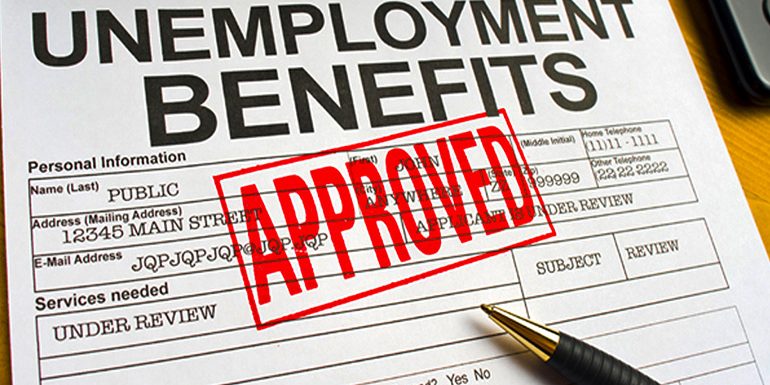Unemployment insurance (UI) is a type of insurance that American culture has with itself. Its motivation to make an investment funds pool from which qualified laborers can coax on the off chance that they are jobless under particular conditions. By getting a pay during times of unemployment, beneficiaries can manage the cost of fundamental insurance biz necessities until they can again be gainfully utilized. Taking into account how subordinate the American economy is on buyer spending, the powerlessness of individuals to connect each other financially can have extraordinary and at last expansive results.
The UI social security net contrasts to some degree from other government assistance type programs in that it did not depend on financial need, yet upon past business history and the conditions encompassing the specialist’s partition from their past work. Individuals that have been in the labor force for longer timeframes are for the most part ready to get benefits for additional weeks. Since UI is a type of substitution pay, the dollar worth of advantages an individual can get is attached to the wages they got while working.
Seen according to one point of view, UI capabilities as a kind of government commanded investment funds plan for laborers, by requiring responsible organizations to “keep down” income that could somehow be dispersed to them. Seen according to another viewpoint, unemployment insurance is a kind of duty on the monetary flourishing that the specialists make. One way or the other the expense of UI to business is resolved generally by how much potential future advantages laborers could get and the burdening arrangements embraced by those accountable for each state’s UI program.
Subsidizing for unemployment insurance comes from two sources – separate state and government UI charges. At risk organizations pay a UI expense to their state government, making a trust reserve for the installment of future advantages. These equivalent organizations pay a government unemployment expense to the IRS every year. Every year, each state gets an award of these government duties to finance the representatives and UI administrations that their UI organization gives.
This double financing system reflects the double way to deal with organization that works UI programs the country over. Since the bureaucratic duties pay for UI representatives and administrations, the central government sets out wide program prerequisites that the states should work inside as well as working objectives and focuses on that they should meet. For instance, states should work in, for example, way that a specific level of submitted UI claims are mediated and paid in 21 days or less. Since state UI charges pay for benefits, state offices conclude charge arrangements that reserve the advantages as well as decides that permit or deny individual UI claims.
This design, both for financing and working the UI program, considers a solid strain to exist between the enormous and various partner populaces that can be influenced by the UI program.

